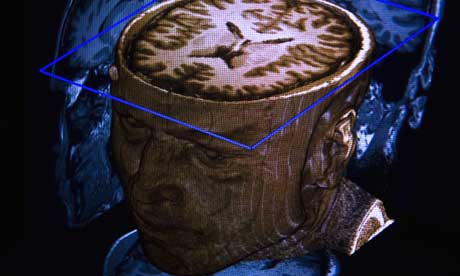Acupuncture works just perfect.
Here is just one simple example from my own practice:
It takes usually only 1 acupuncture treatment to ‘cure’ an acute tonsillitis (instead of ‘suppressing’ the infection with antibiotics), 3 treatments at the most.
A 100% success rate!
Sounds like a placebo doesn’t it?
Acupuncture’s effect ‘isn’t just psychological’

Acupuncture doesn’t just work as a placebo, MRI scans appear to show Photo: GETTY
It limits activity in parts of the brain tasked with gauging pain, an experiment on 18 volunteers found.
Crucially, researchers believe the study shows that acupuncture does not only work on a psychological level – as a ‘placebo’ – but that is also has a direct ‘dampening’ effect on the brain’s pain processing centres.
Many critics believe acupuncture only works as a placebo.
The experiment, conducted by researchers at the Department of Complementary and Integrative Medicine at University of Duisburg-Essen in Germany, looked at brain scans of volunteers who were given mild electric shocks.
Firstly they were given the shocks without acupuncture, and then they were given the same shocks while acupuncture needles were placed between the toes, below the knee and near the thumb.
Researchers then compared MRI scan images – which can measure the small metabolic changes that take place in active parts of the brain – to see whether the responses differed.
Dr Nina Theysohn, who will present the research in Chicago on Tuesday at the annual meeting of the Radiological Society of North America, said: “Activation of brain areas involved in pain perception was significantly reduced or modulated under acupuncture.”
Read moreStudy: Acupuncture works directly on the brain to reduce the amount of pain we feel
